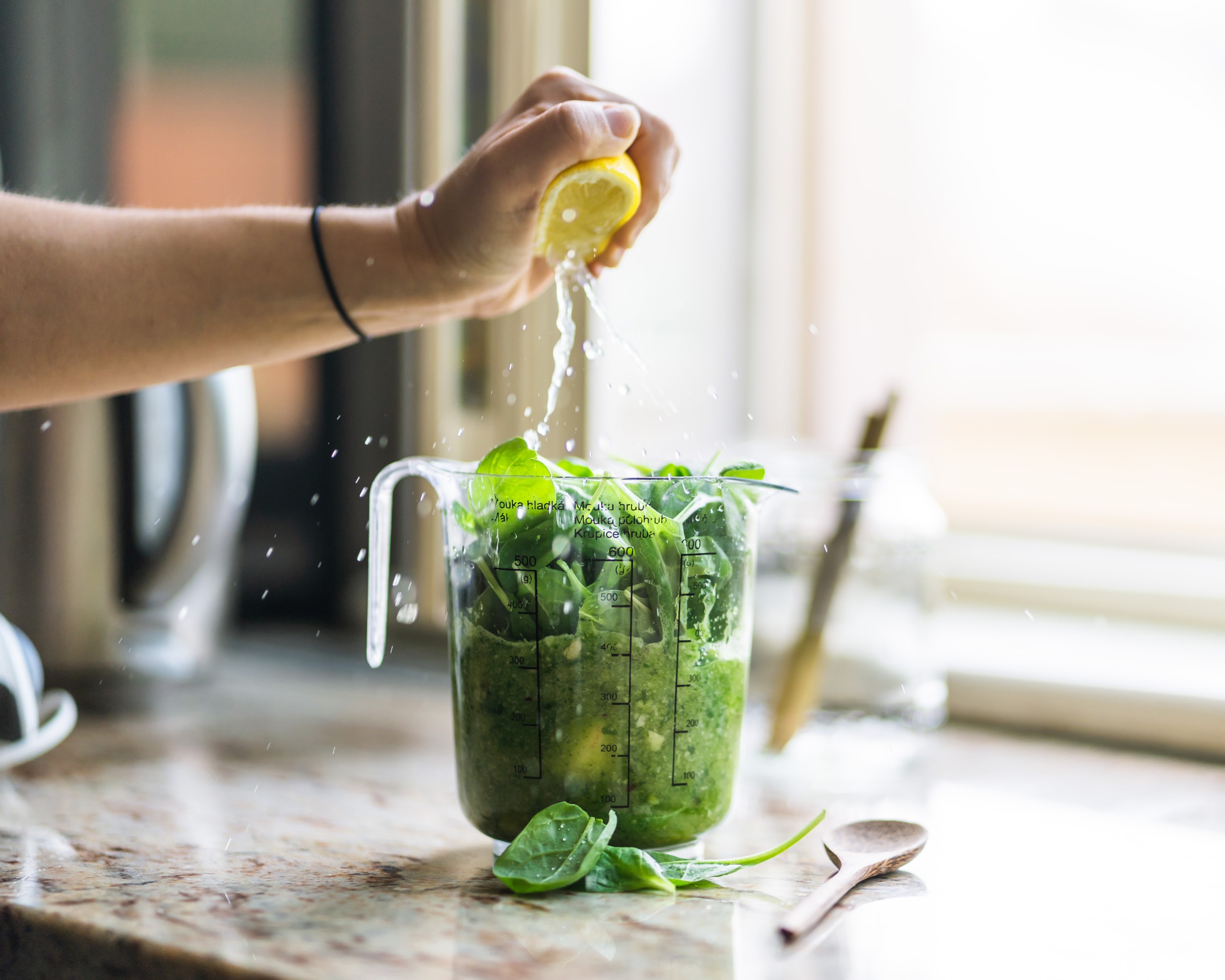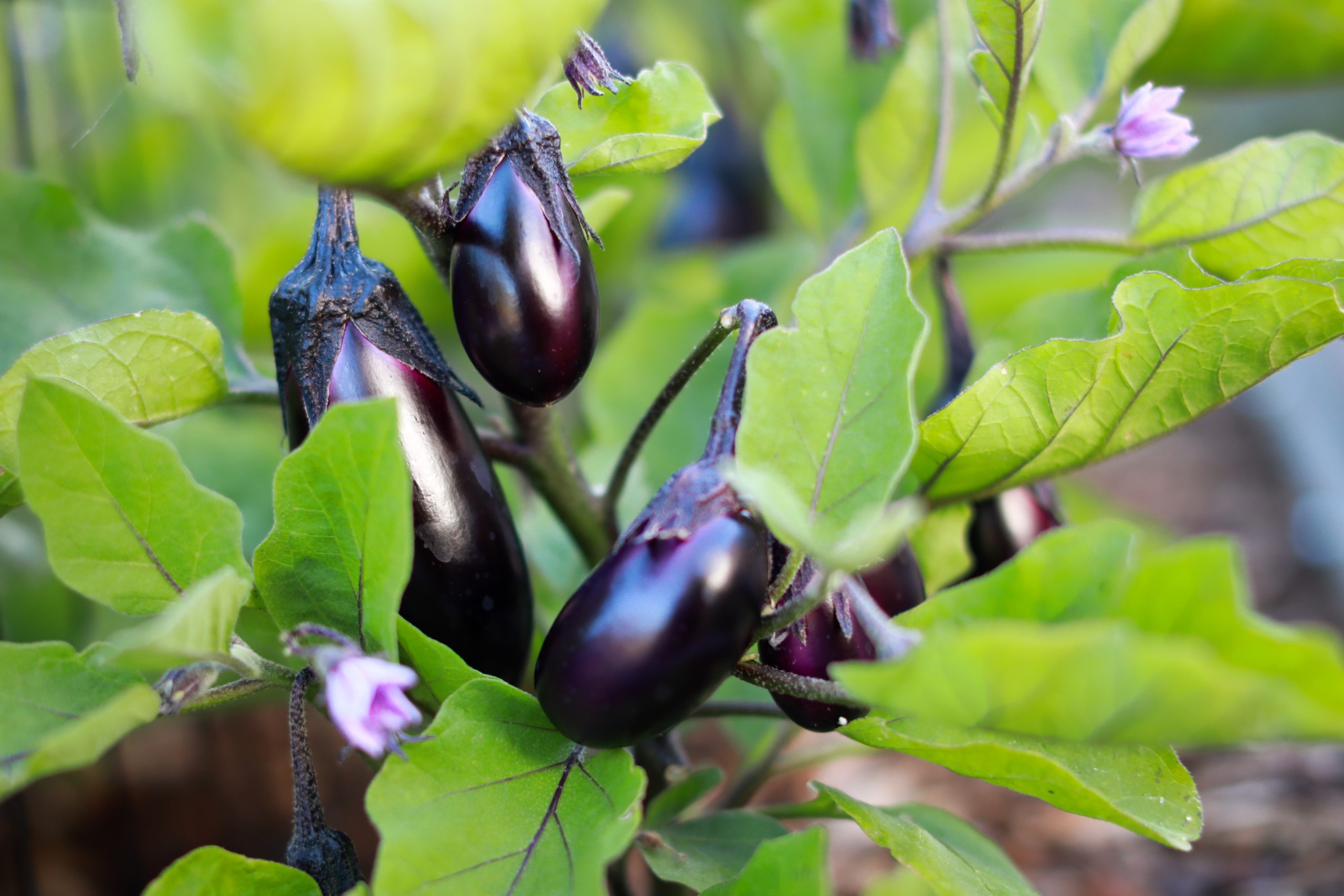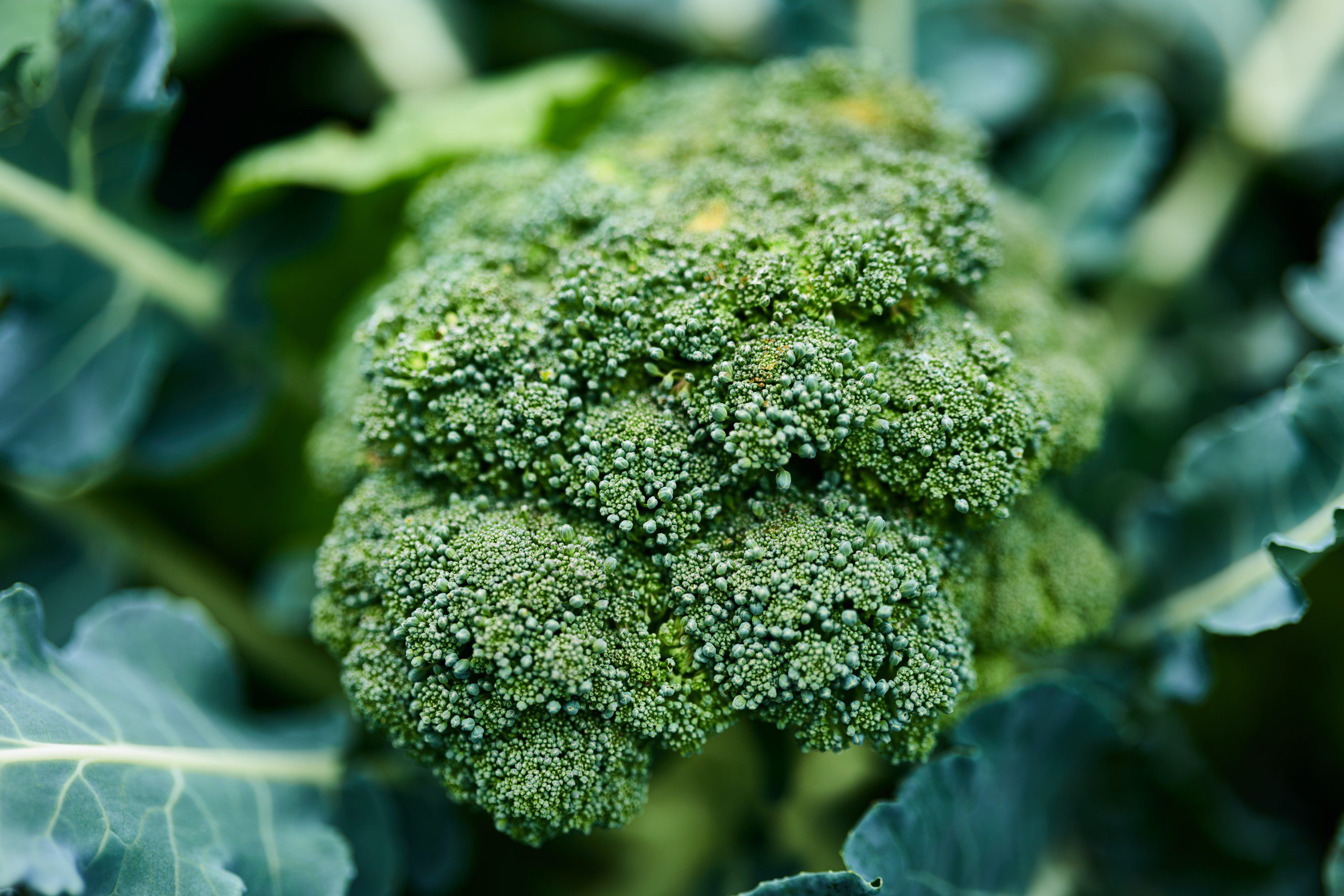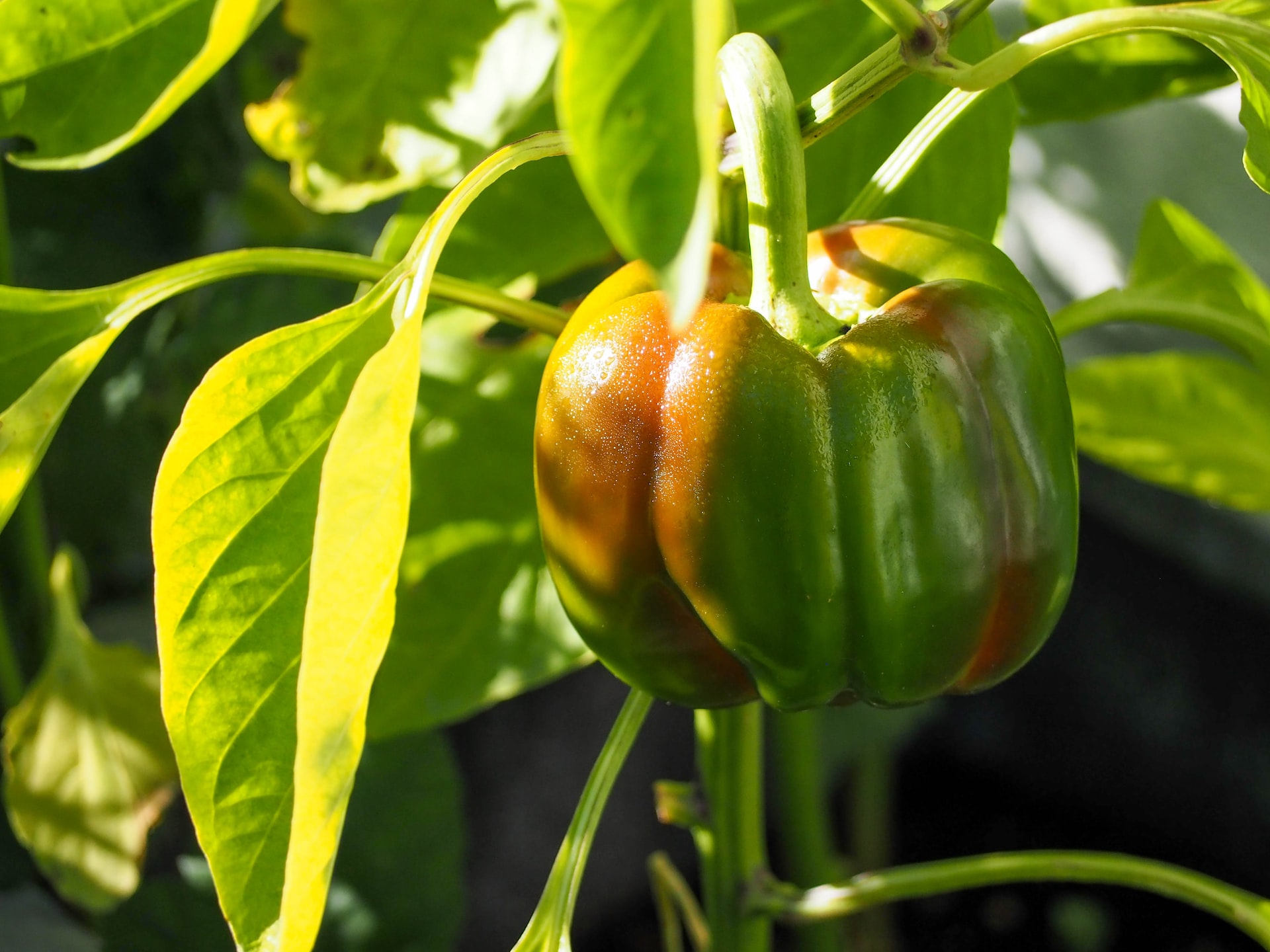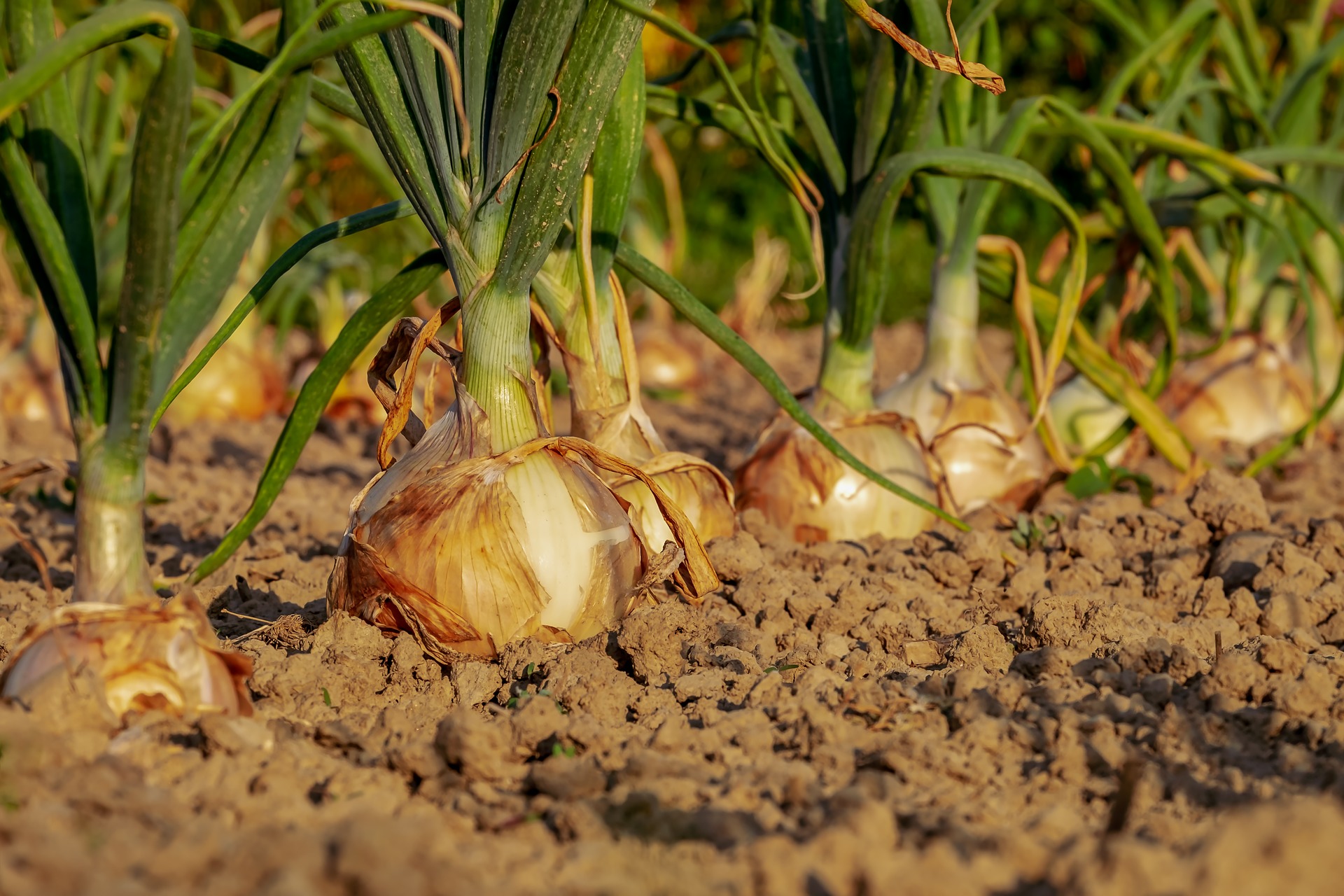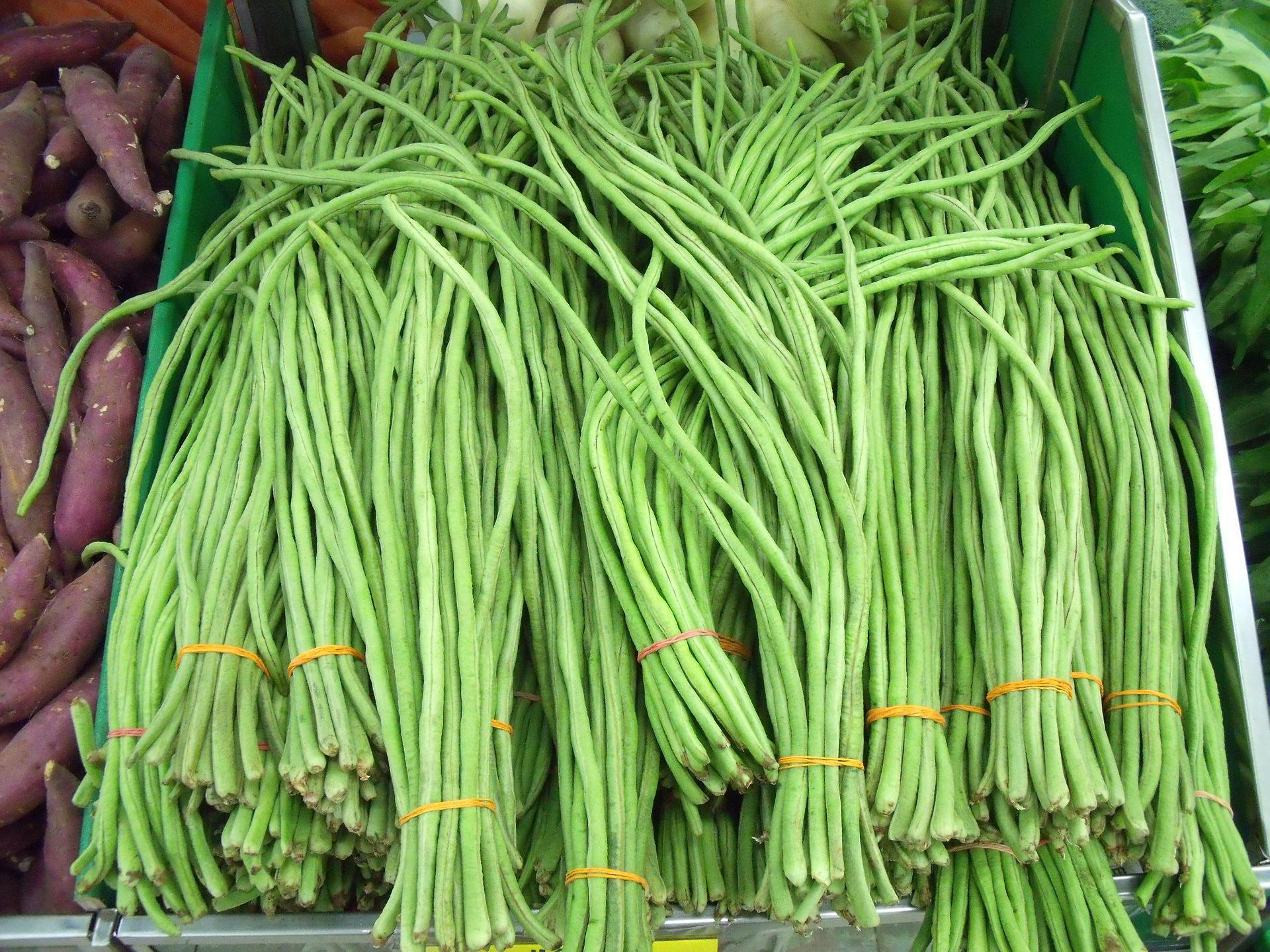Your cart is currently empty!

French Bean / Green Bean Farming, Cultivation guide, Care and More
French Beans are referred commonly to as beans in India. There are over 400 Varieties of edible beans in the world and each of them has its place. in India, over 20 varieties of beans are commonly consumed and commercially available. Though all of them are technically called beans, the French beans are the ones most people think about and refer to when you talk about “Beans” in India.
French beans, Fansi in Gujarati and commonly just beans in most other languages including Malayalam and Tamil or even Hindi are grown in the region where the weather conditions are between 10 and 30 degrees Celsius. French beans are not drought or frost tolerant. Flower dropping is high when the weather exceeds 30 degrees and growth and production are often shunted with weather conditions below 5 degrees Celsius.
India is the fourth largest producer of French beans in the world but it is not sufficient to fill the local market. of the total 23.3 million tonnes of french beans produced in 2020, 78% of all French beans are cultivated in china. Less than 3% of French beans worldwide are cultivated in India. Though the market for French beans is quite stable in India, it’s because there are limited culinary uses locally. Considered a vegetable which is not indigenous to India, it is still widely used in some Indian cuisines but is not considered essential. this also makes French beans a commodity which is not very high on priority locally in terms of consumption. The market value is moderate at best and the chances of putting French beans as highly-priced or in the exotic category are next to nil with a low level of consumption locally and moderate to low demand, the product does require transportation to cities and towns for better marketing and distribution.
Area of cultivation: French beans are commonly grown in Uttar Pradesh, Jammu & Kashmir, Himachal Pradesh Maharashtra and the northeastern states of India. Many other varieties are commonly grown in other parts of the country including Gujarat, Tamil Nadu, Karnataka etc. The varieties come with their pros and cons and are suitable to the region alone. The Ooty variety, for instance, is developed by the Tamil Nadu agricultural university and is best suited in the ooty and Kodaikanal regions. There are varieties specifically created for plains and hills and each has its pros and cons. Some varieties are tolerant to pests and diseases while others are high-yielding. Choose the variety according to the region of cultivation.
Climate for Cultivation: French beans are very sensitive to climatic conditions. With high temperatures, flower drop is very common. Lower temperature results in Shunted plants and poor fruiting and flowering. A temperature of 10 -30 degrees celsius is excellent for the growth of french beans. Water logging should be minimal but moisture in the soil is recommended. The French beans can be grown in Kharif and rabi depending on the area. The plains are usually a Kharif crop and the rabi is best suited for lower hills.
Ideal Soil for Cultivation: Beans prefer Loamy, well-drained soil. Hills are preferred because there is no water logging and the temperature is perfect for growing French beans. Beans can grow quite well in Clay Loam soil too but wouldn’t do too well with black soil or water-logged soil. The roots of the bean plants are short and only on the surface, which makes them drought-tolerant. While clay soil can retain water for longer, they are not extremely good when it comes to water-logged areas. The clay soil on the slopes is excellent though!
Varieties of French Beans: There are various varieties in the market today and most of them depend on if the bean is to be used dry or as fresh beans. The seeds are usually provided by the universities in the respective states and are tested locally. Tamil Nadu has different seeds for hills and plains where the yield and weather conditions vary. most of the other states have one to two varieties per state. Uttar Pradesh has 2 varieties, hur and Malviya rajmash, Maharashtra has Varun and HPR and so on. The variety should be tested and acceptable locally so ensure that the variety is locally available and tested by farmers or universities.
Propagation: Propagation of French beans is done from seeds. acquire seeds from reputed companies or government universities. The seeds should have been tested in your local area and also of the right varieties for the season. Some varieties are good for rabi crops while others are good for Kharif. Ensure that you have the right variety based on the season too.
Season: Beans can be grown in Rabi and Kharif and also in the mid of March, depending on the area and weather conditions. the variety depends on your location and season. Beans are a 100-day crop and can go up to 130 days for pulses. For Fresh beans, picking starts from 50 days and there is a total of 2-3 pickings in 4-5 days.
Land Preparation: For clay soil in the hills, the use of lime is recommended, especially if the soil is acidic. A soil ph of 5.5 and 6 is recommended. Adjusting the soil accordingly is very important. The addition of organic matter will also help loosen up the soil. Apart from that, ploughing and tilling with levelling are done. the soil has to be friable but compact. Extremely loose soil will often not support the plants. planking is usually practised during the last plough.
Planting: Planting is to be done in the right season based on your area. For plains in the south, the right time would be at the onset of winter, usually during November and December. in the hills it would commence during the Months of February and march when the weather is warmer in the hills and frost is often gone. For other parts of the country, Kharif crops and rabi crops are usually common with June and July for Kharif and October for rabi crops.
Spacing and density depend on the variety, the seeds are spaced out differently. For Rainfed crops, the spacing is 30X 10 Cm and for irrigated crops, the spacing will be 40cm X10 cm. in spring and rabi while the spacing is 45X10Cm in hills (not rows). The seed requirement varies depending on spacing and variety. 100-125 kg seed is sufficient per hectare of 35-40 kg per acre seed. Tamil Nadu varieties like ooty may require far lesser seeds at 50 kg per hectare.
Intercropping: Intercropping is not recommended with Beans. Bean roots are shallow roots and don’t go deep. Disturbing the roots with other plants and roots from other plants will deter the growth of the plant. Beans are best planted as a unicrop.
Irrigation: Regular irrigation is required. Drip irrigation is often not recommended and maybe a bit hard in commercial applications. some farmers practice drip irrigation specially when it is required with mulching sheets. Most farmers practice light weeding in the first few weeks till the plants have taken root and have sufficient foliage to outgrow weeds. Irrigate the field once or twice a week (in plains). The soil should always be moist for the best flowering and fruiting. Dry spells are to be avoided but the field should never be waterlogged. irrigation through sprinkler systems is to be avoided to prevent pests and diseases. Drip irrigation is acceptable.
Fertilizers: The application of basal fertilizer is key for Growing french beans. Being a short crop, it’s important to provide the required nutrients right from the beginning for better growth of the plants. 25 tonnes of FYM application during land preparation and add 60 kg of superphosphate as basal application. addition of 10KG borax with 25KG of Znso4 is recommended as a basal application. Farmers can also consider 25 tonnes of FYM with 45kg Nitrogen (urea), 60 kg phosphorus and 50 kg potash as basal with another 45 kg of urea on flowering. It should be noted that foliage should be optimum. Too much foliage could affect overall flowering and fruiting in beans.
Pests & Diseases: Beans are vulnerable to a range of pests and diseases including Aphids, Thrips, Pod Borers, White Grub, Stem Weevil, stem Fly and ash evil. In diseases, Beans are known to have Powdery mildew, Leaf spot, rust arathnacose, and Root rot. Treated diseases and pests immediately when you notice them. While neem oil can control ar range of these diseases and pests, it may be best to use it as a preventive measure rather than a cure. The use of chemicals in Beans is common and often recommended once you see diseases or pests even after the application of neem oil.
Training and Pruning: Being a short crop, beans usually require no pruning or training. Pinching may be required in vines but commercially, most farmers use bush varieties and require no pinching either. Pinching usually does promote more branching and flowering in most cases.
Harvesting: Harvesting starts from 50 days of sowing. 2-3 pickings in a gap of 4-5 days are common. For Dried pods, 120 days is usually the time frame. once the leaves turn yellow harvesting is done with the entire plant and the beans removed. Plant waste is often used as fodder for cows and other animals.
Post Harvest: Fresh french beans is very easily perishable. Maintaining a temperature between 7-10 degrees is required for longer shelf life. Pods that are picked should be immediately transferred to a cold storage unit or sold in the market. Cold temperatures below 5 degrees will result in injury to the plant and perish in 2-3 days. Temperature above 10 degrees results in making the beans mature rapidly too.
Yield: Yield is completely dependent on the variety. A yield of 12 tonnes per hectare is common in the Ooty variety while other varieties can yield 8 tonnes per hectare of green beans with 20-25 quintals of dried beans in irrigated conditions. It’s important to note that variety has a very important role when it comes to yield and so does the season.
Market information: The market for french beans has always been steady throughout the country. Though the market price is steady, it’s completely based on the market area. For instance, the average price of French beans in the Mumbai market could range from 35- 40 (Average) while that in Satara could go as low as 25. Places like Kohima have noted a price of 60 rs per KG at times. It’s a seasonal crop in the region and in winters (if there are winters in your region) the prices will drop and peak during summers. Nevertheless, the market is moderate and profitability is good as long as the market is not flooded with produce.
Weed Control: Weed control during the first 3 weeks is crucial for french beans. French beans have very shallow roots and they are tender. it’s important to be careful while weeding them during the first few weeks. once the plants are established, weeding is not recommended or required. after 30 days, chances are the plants will outgrow the weeds and you will have no problems with the weeds affecting the plants.
Seed: A total of 50 KG of seeds may be required for Plantin one hectare of ooty variety while 100 kg per hectare may be required for planting the varieties in the north. the number of seeds is based on the spacing and variety. Seed treatment is recommended and entertained. Treat seeds with Trichoderma, Carbendazim or thiram. Treat with Rhizobium if the crop is raised for the first time.
Profit Per acre: With a minimum yield of 8 tonnes per hectare and an average price of 25 rs per kilo, you can expect a revenue of 200,000 fresh beans per hectare or roughly 80,000 per acre(gross). You can also expect an 800 -900 Kg Yield in dried beans which may be around 70 Rs per kilo and add a revenue of 56000 Rs. If you can sell the dry matter as fodder, you may be looking at an additional 10-12 thousand rupees in fodder sale too. With good management and marketing, gross revenue of Rs.146,000 is possible and even recorded by some farmers. With costs of tilling, irrigation and labour for picking and weeding with fertilizer costs, the expenses could amount to roughly 50,000 Rs. Even with all the expenses accounted for a profit of Roughly one lakh per acre is profitable (in irrigated crops) per season (3 months).
Yield Per acre: Average yield per acre is dependent on area and the variety of seeds. While some varieties can yield 8 tonnes, some can go up to 15 tonnes per hectare or 4-5 tonnes per acre of fresh french beans and around 800 kg of dry beans.
Cost of farming: The cost of farming french beans is considered nominal. With everything from ploughing, weeding, fertilizers, transportation and picking costs (labour) you could expect to spend anywhere between 45,000 to 50,000 per acre over the 120 days.
Recent Categories
Recent Posts
Post Archive
Category Tags
There’s no content to show here yet.

